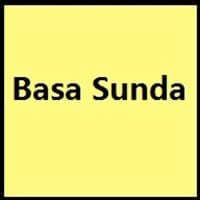Sundanese and Santali
- The Sundanese language is second most widely spoken regional language in Indonesia.
- Santali language was an oral language till nineteenth century.
- Before the invention of Santali alphabets, Santali was written with the Bengali or Odia alphabets.
All Sundanese and Santali Dialects
Most languages have dialects where each dialect differ from other dialect with respect to grammar and vocabulary. Here you will get to know all Sundanese and Santali dialects. Various dialects of Sundanese and Santali language differ in their pronunciations and words. Dialects of Sundanese are spoken in different Sundanese Speaking Countries whereas Santali Dialects are spoken in different Santali speaking countries. Also the number of people speaking Sundanese vs Santali Dialects varies from few thousands to many millions. Some of the Sundanese dialects include: Western dialect, Northern dialect. Santali dialects include: Mahali Also learn about dialects in South American Languages and North American Languages.
Sundanese and Santali Speaking population
Sundanese and Santali speaking population is one of the factors based on which Sundanese and Santali languages can be compared. The total count of Sundanese and Santali Speaking population in percentage is also given. The percentage of people speaking Sundanese language is 0.57 % whereas the percentage of people speaking Santali language is Not Available. When we compare the speaking population of any two languages we get to know which of two languages is more popular. Find more details about how many people speak Sundanese and Santali on Sundanese vs Santali where you will get native speakers, speaking population in percentage and native names.
Sundanese and Santali Language Codes
Sundanese and Santali language codes are used in those applications where using language names are tedious. Sundanese and Santali Language Codes include all the international language codes, glottocodes and linguasphere.





